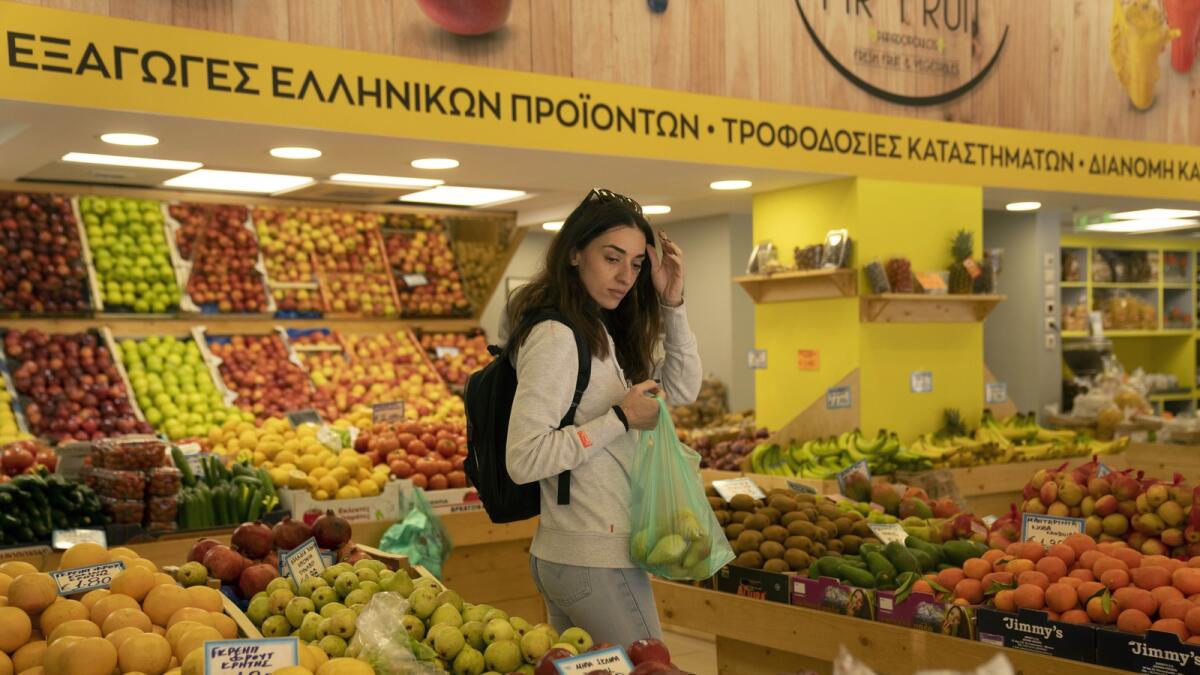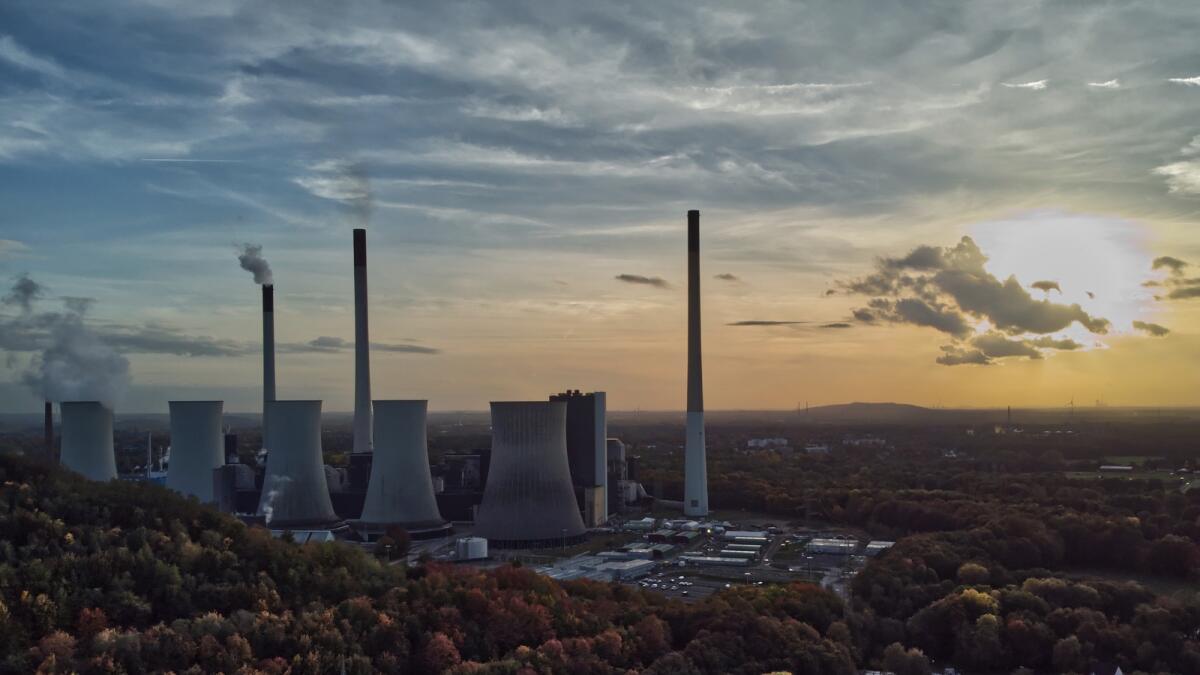
.
The eurozone entered into a technical recession at the start of the year, shrinking by 0.1 per cent for a second consecutive quarter, figures from the EU’s statistic agency showed on Thursday.
However, the economists on a panel that declares eurozone recessions use a broader set of data, including unemployment figures. And European labour markets have held up to recent economic shocks: Unemployment is at its lowest level since before the creation of the euro in 1999, hitting 6.5 per cent in April.
The small shift in numbers doesn’t change what households already are experiencing: rising prices at the grocery store, paying more interest on their mortgages and struggling for wages that keep up with the rising cost of living.
“Maybe before I used to buy more products I didn’t need, like potato chips for example,” Milo Taneron, a 26-year-old youth social worker, said while shopping in a Paris supermarket recently. “Now, for certain products, I’ve been forced to buy from low-cost brands, to drop down a level to be able to buy these products,” Taneron said.
With inflation and high interest rates hitting households hard and forcing them to cut back on spending, some analysts say they expect the economy to contract further this year. But the Organisation for Economic Cooperation and Development said this week that it expects meagre growth of 0.9 per cent in the euro area this year.

Bert Colijn, senior eurozone economist for ING bank, said “it’s hard to argue that this is a recessionary environment” because the decline was so small and job market is so strong. “Overall, the eurozone economy is very much back to muddling through,” he said in a note.
The last update from the euro area business cycle dating committee, which was released on March 27 and only dealt with data through the end of last year, said there had been “no recession”, with falling consumer spending statistically offset by a large reduction in imports.
The committee added that “the output growth pause contrasts with a continued, robust expansion in employment.”
The economic crunch came as an energy crisis engulfed Europe last year. Its support for war-torn Ukraine led Russia to cut off most of its natural gas, which the continent relied on to generate electricity, power factories and heat homes.
That fueled sharply higher energy bills for consumers and businesses, spiked inflation to record levels, and raised fears of rationing and blackouts. Governments and utilities scrambled to line up alternative supplies of liquefied natural gas from countries like the US and Qatar, avoiding disastrous utility shutoffs that had been feared last year.
Energy prices have since fallen to levels seen before Russia invaded Ukraine, but persistent inflation and higher interest rates that the European Central Bank is using to combat price spikes have weighed on economic growth by making credit for house purchases or business expansion more expensive.
The ECB is expected to continue its series of rate increases at its June 15 meeting and keep the door open to raise further beyond that.
Bank President Christine Lagarde this week stressed the need to bring down inflation — which eased to 6.1 per cent in May but is still above the ECB’s goal of 2 per cent — because it is straining everyday people.
Her comments followed recent figures from Germany showing that Europe’s biggest economy unexpectedly shrank in the first three months of this year, marking its second quarter of contraction.
Ireland’s gross domestic product — the total output of goods and services — declined the most in the eurozone at the beginning of the year, falling 4.6 per cent, followed by Lithuania dropping 2.1 per cent and the Netherlands down 0.7 per cent.
Eurostat previously estimated that the eurozone didn’t expand in the fourth quarter of 2022 and saw scant 0.1 per cent growth in the first quarter of this year.
